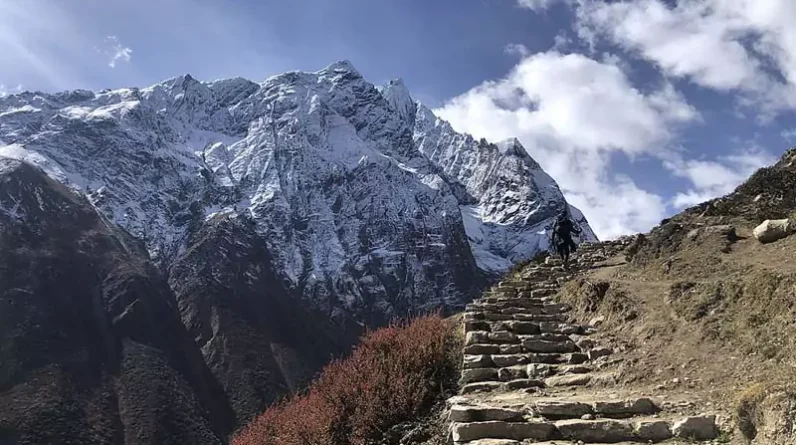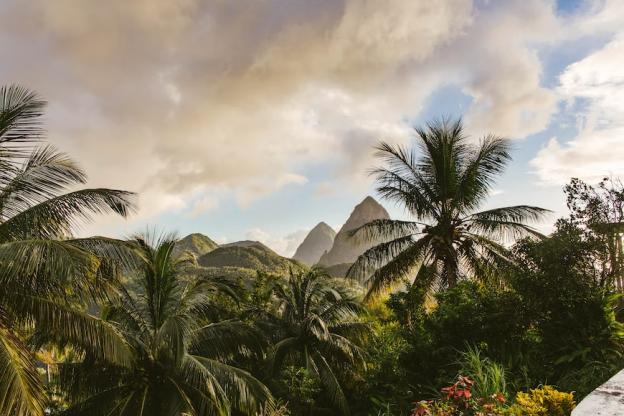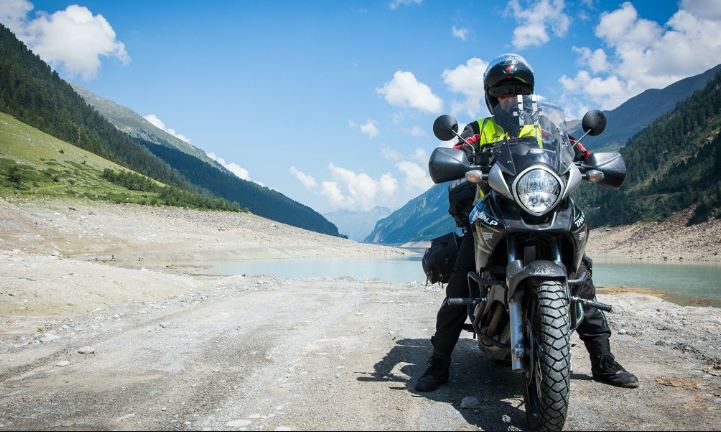
Image Credit: wikimedia.org
Manaslu Circuit Trek is a stunning and the most challenging trek in Nepal that provides the perfect combination of pristine mountains, beautiful culture, and biodiversity. However, this terrific and tough it may additionally be difficult and requires a variety of employers. Even experienced trekkers can slip up on the trail, and the terrain, elevation, and remoteness of the trek imply that a few mistakes can have dangerous outcomes. There are a few not unusual mistakes and precautions, in order that your little journey remains a laugh and rewarding.
In this guide, we cover everything you need to know to avoid common pitfalls on the Manaslu Circuit, from physical preparation and gear to hydration and more.
Misjudging the Challenge of the Hike
One of the errors so many trekkers commit is not giving sufficient respect to the physical challenge of the Manaslu Circuit. The journey includes long days, lots of elevation gain, steep ups and downs, and one hard mountain pass, Larkya l. a. pass at 5 a and sixty meters, which could truly put you out. Even though the hike is defined as slight, it’s critical to realize that it’s physically challenging, mainly to be able to every person who are unprepared.
The way to keep away from this mistake: start conditioning yourself physically nicely earlier of hitting the path. Educate through trekking over diverse terrain, and work on cardiovascular health in combination with power, specifically for legs and core. Consists of both uphill and downhill on foot for your education to replicate the panorama encountered. Cross for long hikes, and if you can, train at altitude. However, when you hit the path, keep in mind that tempo is the entirety. It’s tempting to complete the trek as fast as feasible; however, giving yourself lots of time to complete every segment ensures that you not simplest have a more fun trek but also a useful resource in acclimation as well.
Ignoring the Importance of Acclimatization
Acclimatization is the most important thing in any high-altitude trek, and especially in places like Manaslu, where the ascent is steep. Altitude illness is a life-threatening threat, and walking above 5000 m (400 ft) may cause death if immediate descent isn’t undertaken because of acclimatization above 3000 m (9800 ft). AMS symptoms are headache, dizziness, nausea, and shortness of breath.
How to Prevent It: Acclimatization is key; go up slowly so that you give your body a chance to adjust. The best way to acclimatize yourself to the high altitude, and one of the most effective ones, is to follow the “climb high, sleep low” rule. On your receiving days, hike to higher elevations but return to sleep every night at a lower altitude. Additionally, don’t skip acclimatization days. Those “relaxation” days will help your body acclimate to thinner air and help save you from AMS. If you begin to experience slight symptoms of altitude illness, visit lower altitudes at once and ask for a medical doctor’s recommendation if necessary.
Bringing the Wrong Kit or Missing Essentials
Forgetting to pack the right equipment or overlooking necessary items is commonplace. The weather on the Manalsu trek can be capricious; sometimes it can be rainy, occasionally sunny, but it plummets to freezing level, particularly at night. There may additionally be a mix of muddy and rocky trails as well as snow in the higher elevations. No person wants to be uncomfortable-or — or even unsafe—in bloodless, moist weather without the right apparel and tools.
How to keep away from this error: Take some time figuring out what you wear for the hike. That consists of waterproof packs, layered apparel suitable for all forms of temperatures, and strong, waterproof trekking boots. If you are headed to better altitudes, percent a down jacket, a warm hat, and gloves as temperatures can drop below freezing at night. An excellent napping bag rated to deal with the cold and an insulating snoozing mat are also important to ensure you don’t wake up bloodless. Make certain to carry a water bottle and snacks — it may be a protracted, gasoline-depleting trek, and you’ll need to stay fed and hydrated.
Rushing Through the Trek
The Manaslu Circuit is not a race. Attempting the trek over too short a time frame is one of the main causes of people not being able to finish the trek. Blazing through the trail will not only tire you out it will also mean that you miss the breathtaking landscape and cultural diversity the trail is home to. Although the trail is rich in beauty and provides endless views, the villages and monasteries throughout this trek are interesting if you have some extra time to spare.
How to Avoid it: Allot enough time for the trek to appreciate the beauty, not just of the outdoors, but of the local encounters. Detour right here and there to discover neighborhood villages or stop by means of at a monastery. Recollect to temper yourself, and experience free to take an additional relaxation day in case you need it. Walking at a clean rhythm will help ensure that you remain in suitable fitness and reduce the risks of a high-altitude trek, consisting of fatigue or AMS.
Neglecting Hydration and Nutrition
In high-altitude treks along the Manaslu Circuit, human beings additionally neglect to drink sufficient water or eat enough food due to how hard the trek is. But dehydration and malnutrition can without difficulty cause fatigue, cloud your judgment, and make you more liable to altitude illness.
The way to avoid this error: Drink sips of water in the course of the day to stay nicely hydrated; consider drinking water. The higher up you get, the more you’ll need to stay hydrated. Carry a technique of water purification (including iodine drugs, a transportable filter out or a UV purifier) — ingesting water can occasionally be in short supply. For sustenance on the move, carry lightweight, high-calorie snacks, along with nuts, trail mix, and energy bars. Fuel yourself with proper nutrition when it’s miles feasible; however, attempt to make sure you get all 3 macronutrient groups – protein, fat, and carbohydrates to maintain energy levels sustained.
Carrying Too Much Weight
One of the most commonplace mistakes trekkers make is overpacking. Not simplest does this sluggishness slow you down, but it also places undue strain on your body, which might also cause injury or fatigue.
The way to keep away from this error: make certain crucial equipment takes priority, and bring handiest as many gadgets as the path calls for. Don’t bring extra garb or tools that can be changed en route; otherwise, you won’t need them for the situations you propose to come upon. In Kathmandu, or cities alongside the Annapurna direction, you may need to lease heavier objects, along with sleeping bags or down jackets. Touring light will make the adventure much less painful and more exciting.
Forgetting Cash and Permits
Another famous fault is to journey without taking enough coins for the trek. That is in contrast to its more well-known hiking siblings, including the Everest Base Camp or Annapurna Circuit, which do have ATMs along the way. The trek additionally entails critical allows: one MCAP (Manaslu Conservation Area allow) and one ACAP (Annapurna Conservation permit). You might end up with undue stress as you won’t have the necessary permits and won’t have enough cash to cover accommodation, meals, and all other hiking costs.
How to Avoid This Mistake: Pull out plenty of Nepali rupees before you start your trek to cover the cost of your trek, permits, accommodations, food, and whatever you can’t avoid spending money on. You’ll want to bring a little more cash than you think you’ll need, as there are no ATMs available on the trail. As far as permits are concerned, you can get them in Kathmandu or in Soti Khola, where this adventure begins. But it’s never a bad idea to have them all set up in advance if you can spare the time.
Conclusion
The Manaslu Circuit Trek is a high-quality adventure that provides high-quality scenery, a beautiful way of life, and the sheer desolate tract of the Himalayas. However, like numerous high-altitude treks, you want to be organized, and you also need commands for the street that lies in advance. It permits you the possibility to have a secure and extra fun hike without making the standard errors: underestimating the trek, skipping acclimatization, taking the incorrect tools, and rushing through the path.
With the right practice and an aware mindset, and recognition of the environment and neighborhood subculture, your adventure to one of Nepal’s most lovely places is probably an experience you won’t forget.


